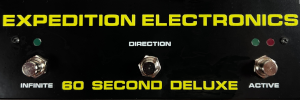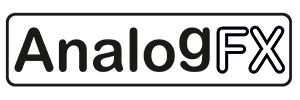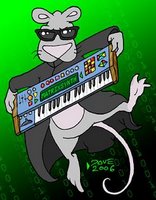Wednesday, February 20, 2019
Zelda Fairy Fountain Theme using SNES sounds
Published on Feb 20, 2019 GLASYS
"I don't usually upload such short videos to YouTube, but people seem to be digging this one so I thought I'd share here too.
The Fairy Fountain theme from 'The Legend of Zelda: A Link to the Past' (yes, I can't get enough of this tune) using the original SNES samples, which I'm able to play thanks to a free plugin called C700: http://picopicose.com/software.html"
Doctor Who Theme played on synthesizers by Markus Fuller
Published on Feb 20, 2019 markusfuller
"Doctor Who theme written by Ron Grainer and created by Delia Derbyshire. I have added a few parts and made it a little longer.
several synths and 48 tracks of recordings were needed to put this together."
Roland System 8 and Yamaha MODX keyboards featured.
Sequential Pro-One Analog Synthesizer (1981) Electronic Body Music
Published on Feb 19, 2019 RetroSound
"(c) 2019 vintage synthesizer demo by RetroSound
all synthesizer sounds: SCI Pro-One Analog Synthesizer (1981)
drums: LinnDRum (1982)
recording: multi-track without midi"
TAMBURO MECCANICO XXI - [Electro-mechanical rhythm machine]
Published on Feb 20, 2019 Opificio Sonico
"Hello everyone, In this video is shown my latest artwork made out of #LEGO TECHNIC inspired by #Leonardo da Vinci's TAMBURO MECCANICO (mechanical drum).
It consists of a four tracks rhythm machine which mechanically generates the electric impulses needed to trigger the drum synth and the bass-line sync.
This is my personal tribute to Leonardo's genius who in the late 1400 introduced the first automated musical instrument and the concept of step #sequencer.
The nonlinearity of the system made in ABS, generates a sort of shuffle rhythm and some random ghost notes, which creates an unpredictable organic groove.
[This footage is taken from the first studio jam]
Enjoy! Giuseppe"
Simmons Digital Clap Trap Vintage Percussion Synthesizer
Roland SH-32 Desktop VA Synthesizer
Note: links to listings are affiliate links for which the site may be compensated.
via this auction
"The Roland SH-32 is 4-part multitimbral synthesizer that packed a huge array of digital functions in a small and easy to use desktop model. Aimed at being similar to the legendary Roland SH series of the 1970's/1980's but with the engines of the modern (at the time) JP-8000, the SH32 combines the age of analog modeling and playability of the former analog machines. Additionally, the Sh32 has fantastic sounding digital effects, 64 arpeggiator types, and 67 individual wave-forms playable over 32 voices making this compact synthesizer / groove box an affordable and excellent machine."
via this auction
"The Roland SH-32 is 4-part multitimbral synthesizer that packed a huge array of digital functions in a small and easy to use desktop model. Aimed at being similar to the legendary Roland SH series of the 1970's/1980's but with the engines of the modern (at the time) JP-8000, the SH32 combines the age of analog modeling and playability of the former analog machines. Additionally, the Sh32 has fantastic sounding digital effects, 64 arpeggiator types, and 67 individual wave-forms playable over 32 voices making this compact synthesizer / groove box an affordable and excellent machine."
1984 Yamaha TX816 (basically 8 x DX7 racked)
Note: links to listings are affiliate links for which the site may be compensated.
via this auction
"Super clean Yamaha TX816 rack. Full load of 8x TX1 modules. Each one is a DX7 FM Synth. The unit features independent MIDI connections or a Master connection on the front. Outputs are balanced... Full of the best DX7 sounds ever created at an original cost of $5,500.
Integrates perfectly with the open source DeXed VST plugin in your DAW for programming and patch librarian duties."
via this auction
"Super clean Yamaha TX816 rack. Full load of 8x TX1 modules. Each one is a DX7 FM Synth. The unit features independent MIDI connections or a Master connection on the front. Outputs are balanced... Full of the best DX7 sounds ever created at an original cost of $5,500.
Integrates perfectly with the open source DeXed VST plugin in your DAW for programming and patch librarian duties."
The Haken Audio ContinuuMini with the Expressive E Touché
Published on Feb 20, 2019 HakenAudio
"This video goes into depth showing an integration of the Touché with the EaganMatrix, the sound engine inside the Continuum and the ContinuuMini."
Tutorial comes in at :59.
Waldorf Streichfett - Benjamin LAZZARUS
Published on Feb 20, 2019 Benjamin LAZZARUS
"This track is only made with sounds coming from the Waldorf Streichfett (String Synthesizer)
Video: "The Tree of life" Terrence Malick"
MAKEN0ISE: Complex Sequencing from Simple Patching
Published on Feb 20, 2019 MAKEN0ISE
"It’s typical for synthesizer architecture to be described in terms of so-called “voices” and “polyphony”… you have the monophonic synthesizer with one voice, like the Minimoog… or the polyphonic synthesizer with multiple voices, like the Roland Jupiter series. Any break from this architecture gets argued over seemingly endlessly. Take a look at the so-called “paraphonic” synth, like the Korg Poly-800, where there are multiple oscillators but they all a share a gate structure. Or the modular synth, which is typically polyphonic, but in a polytimbral fashion rather than the monotrimbral chords you hear from a keyboard polysynth. If you need a boost to your melatonin levels you can go to a synthesizer convention and listen to somebody give an hours-long presentation on how to define these various terms, and just what does and does not count as “polyphony.”
The dogma of the voice structure is encoded right into the MIDI standard, still the most recognized way to control synthesizers and other electronic instruments. A MIDI Note ALWAYS has a start point and end point that are tied to a particular pitch value or note number. You never have one without the other. To be sure, this is roughly the way it works in the so-called real world on acoustic keyboard instruments. When you press a key on a piano, you are starting that particular note, and when you release it, you are ending that particular note.
But synthesizers are not acoustic instruments. The gate structure that tells when a note starts and ends does not have any intrinsic relationship to that note’s pitch… yet if anyone ever showed you how to use a modular synth they probably started by showing you how to patch a monosynth. The VCO goes to the VCA, which is opened by a gate that comes at the same time as new note values. MIDI messages are so rigid in their form that for decades people have been using programs like Max and Pure Data to break them into component parts and put them back together in more interesting ways, because it can almost never be done using a MIDI controller and a synth alone. But a modular synthesizer has no such limitation. CV and Gate signals are independent by nature and design.
In this video we'll take a couple simple sequences from René and vastly increase their complexity by just swapping the destinations of their gate outputs."
PREVIOUS PAGE
NEXT PAGE
HOME
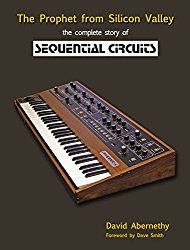
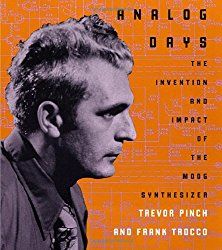
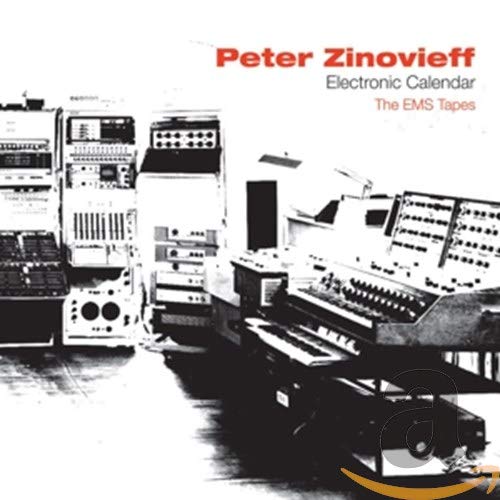
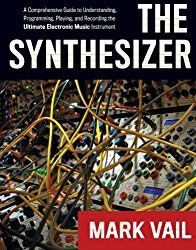

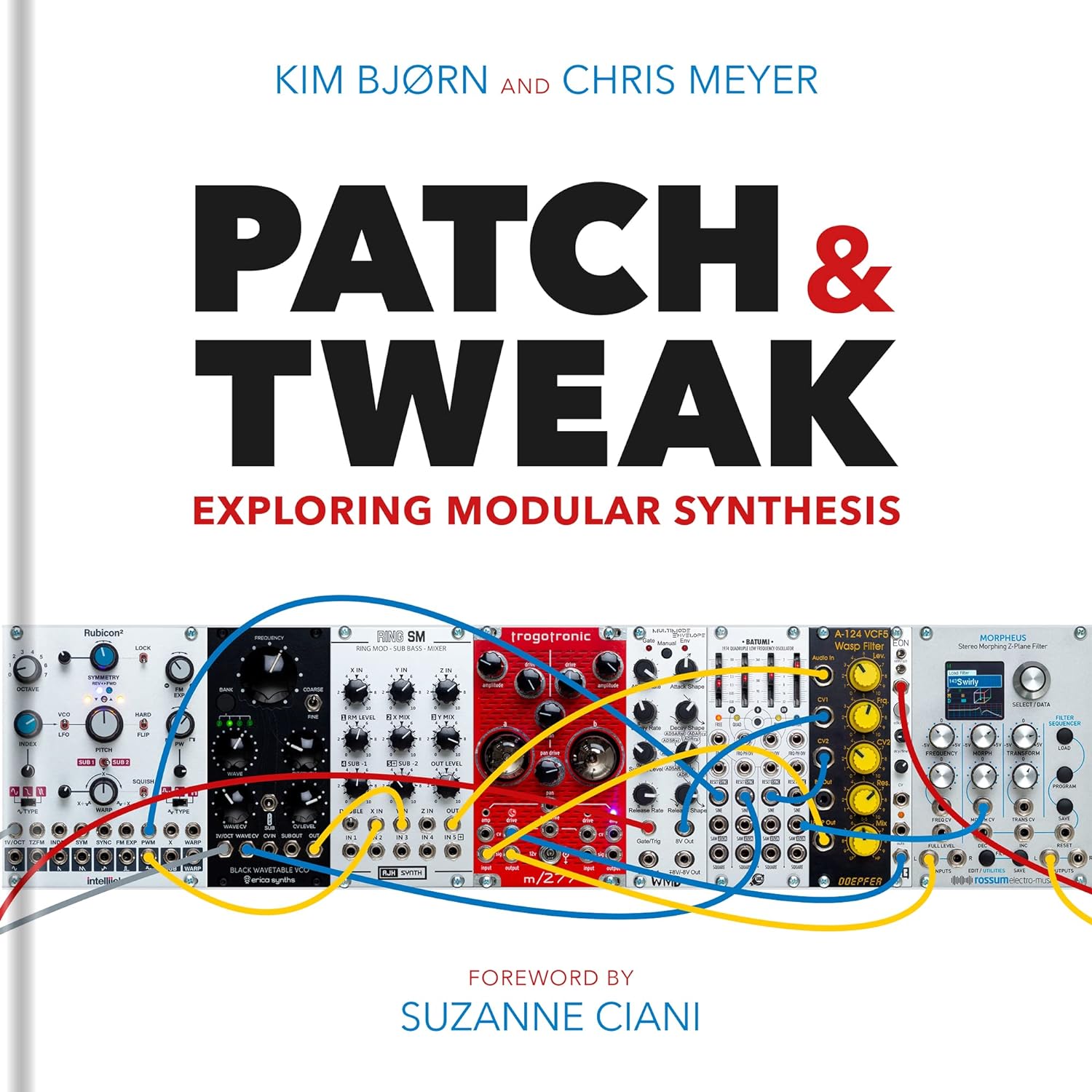
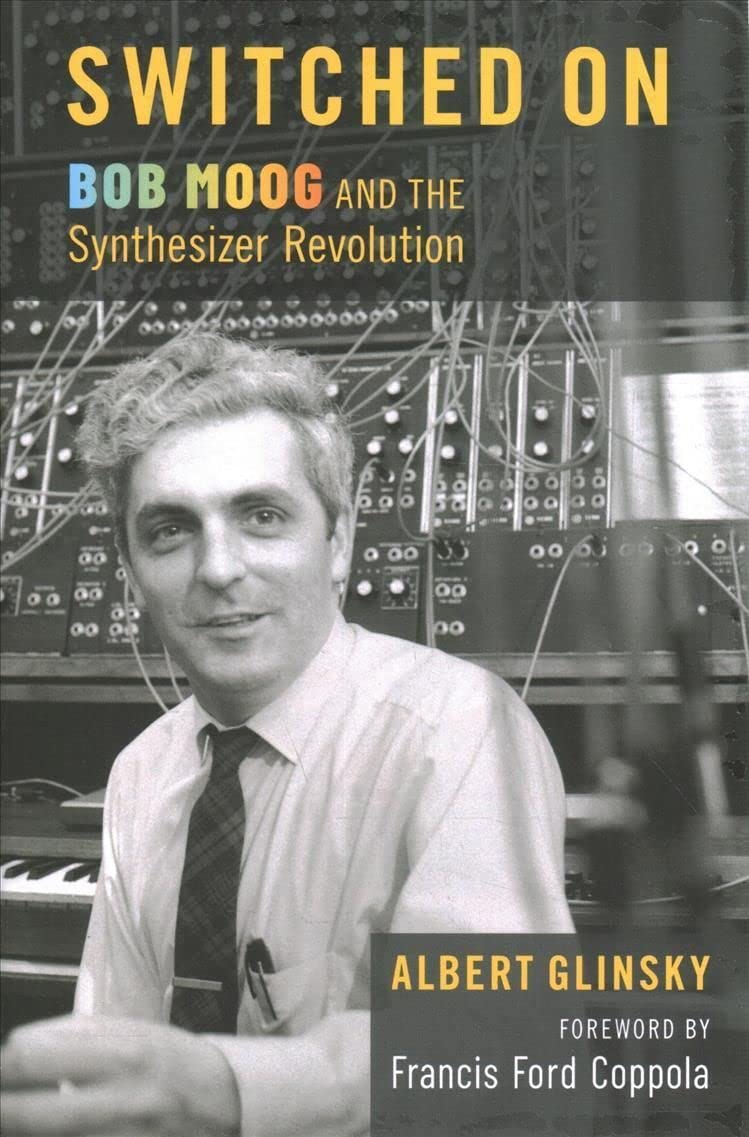
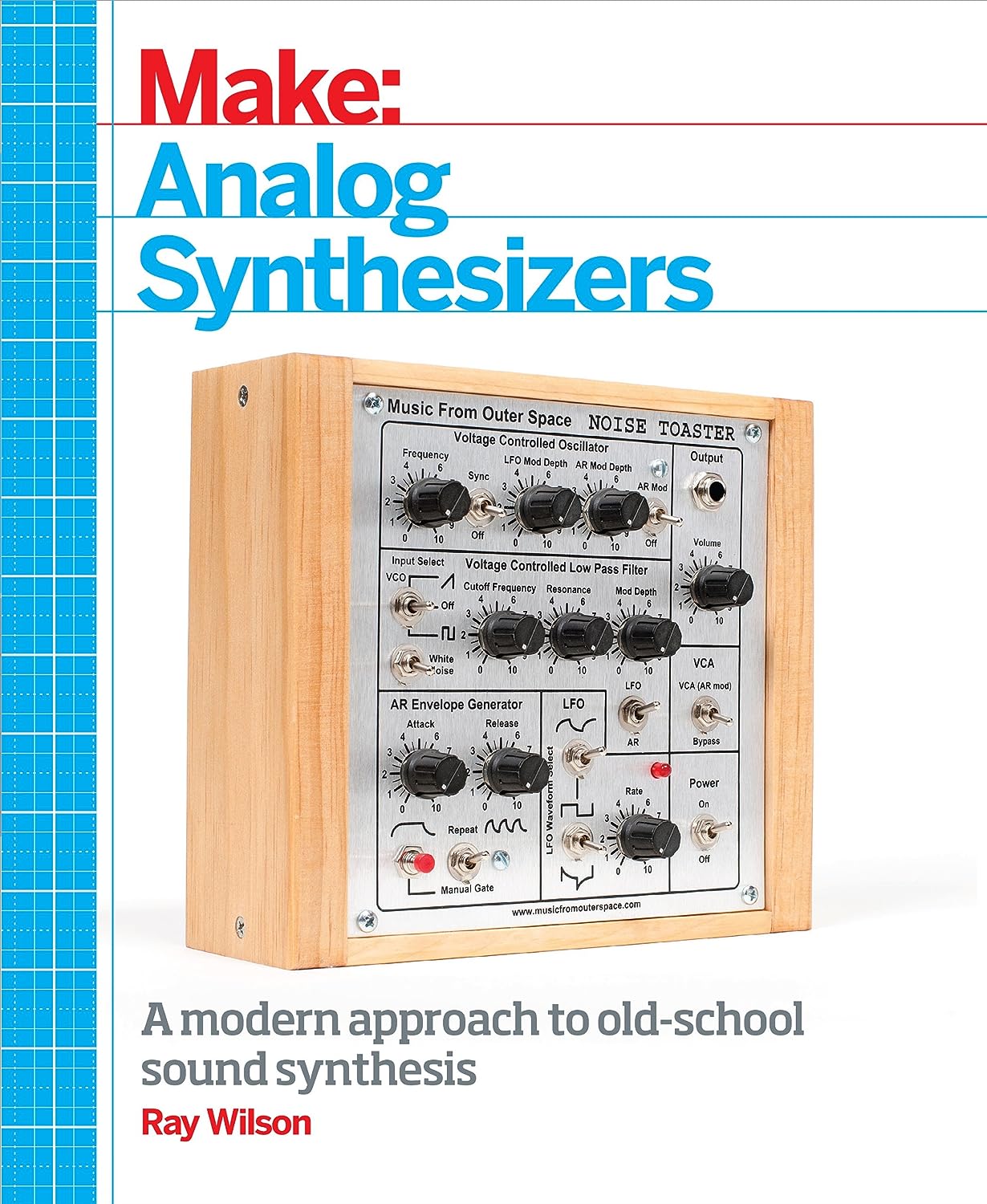
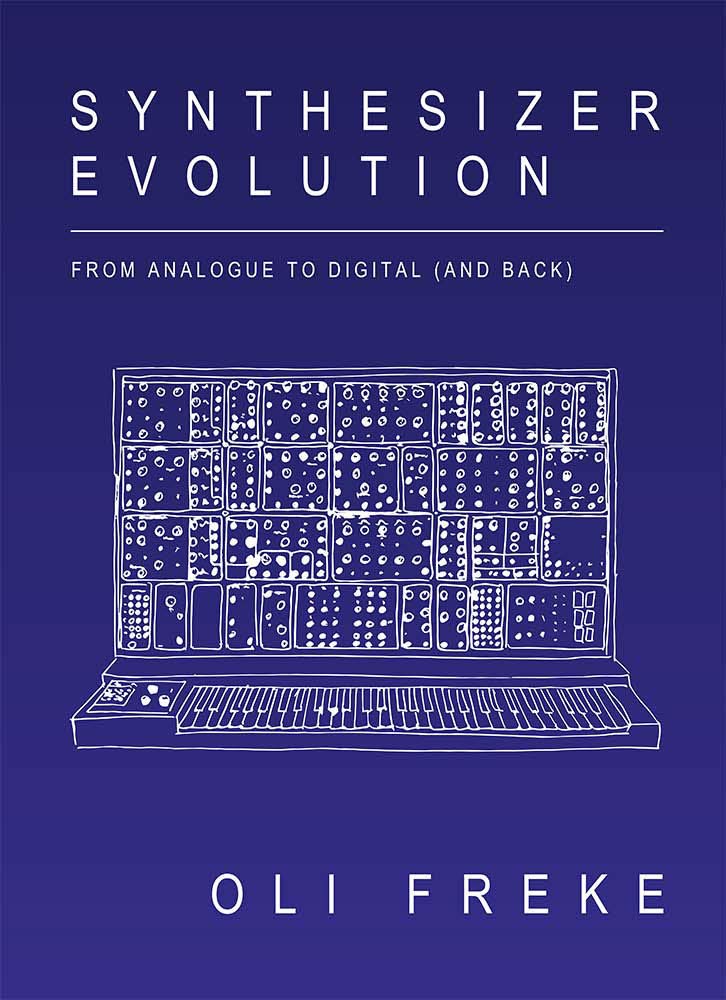

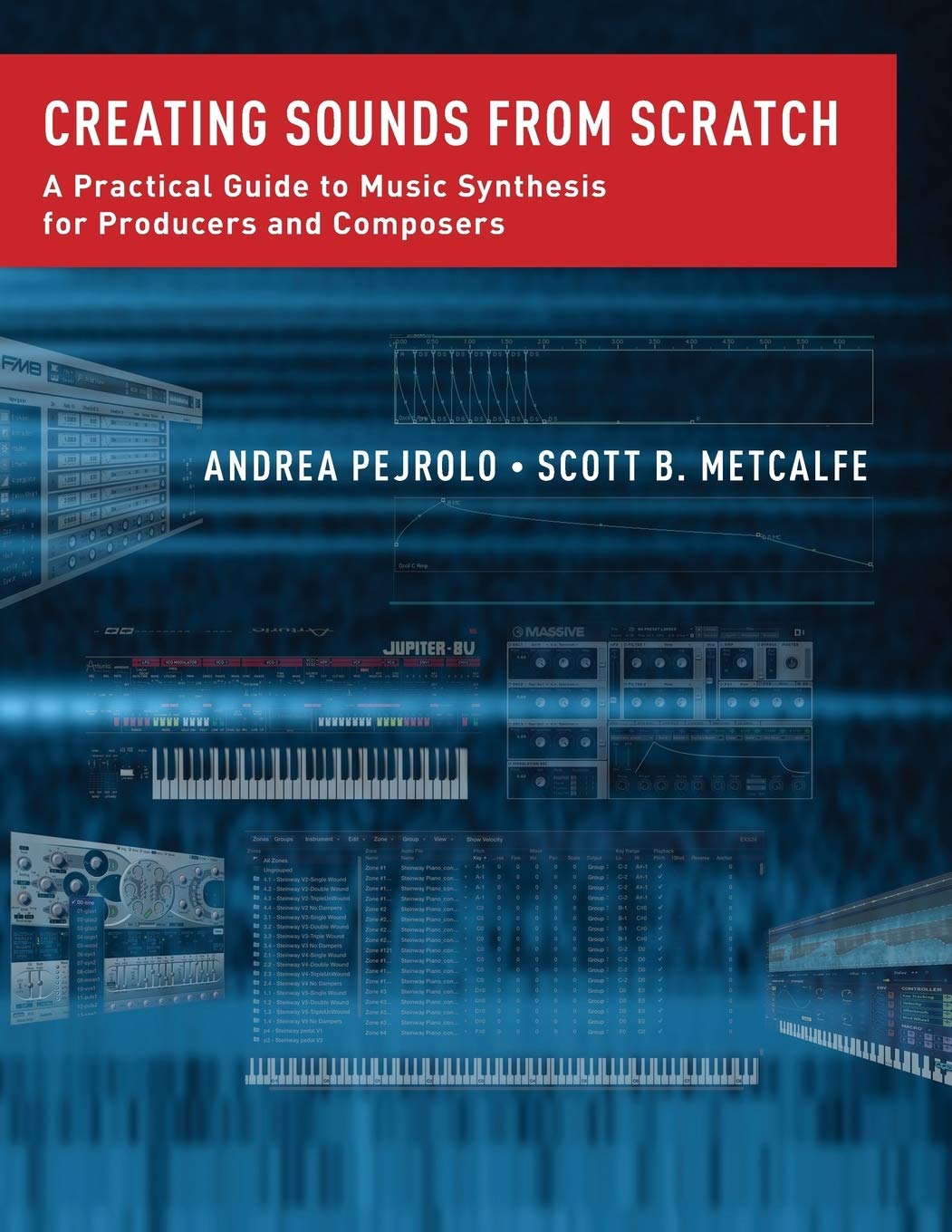


© Matrixsynth - All posts are presented here for informative, historical and educative purposes as applicable within fair use.
MATRIXSYNTH is supported by affiliate links that use cookies to track clickthroughs and sales. See the privacy policy for details.
MATRIXSYNTH - EVERYTHING SYNTH













© Matrixsynth - All posts are presented here for informative, historical and educative purposes as applicable within fair use.
MATRIXSYNTH is supported by affiliate links that use cookies to track clickthroughs and sales. See the privacy policy for details.
MATRIXSYNTH - EVERYTHING SYNTH


















